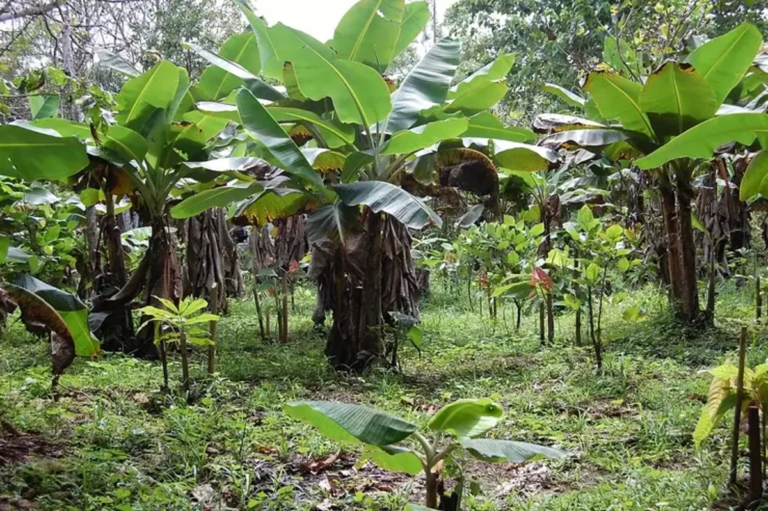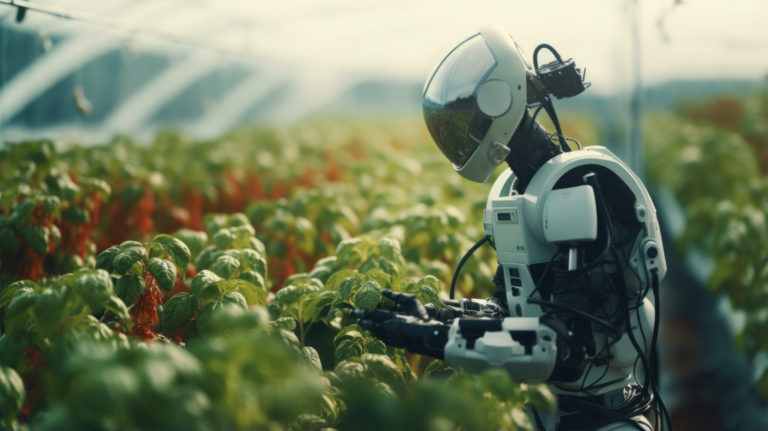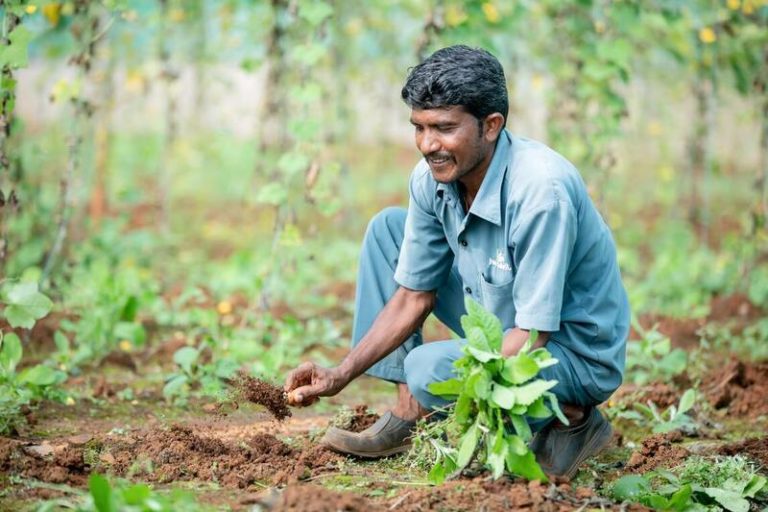Indigenous Agriculture: A Sustainable Way of Farming for Generations
Indigenous agriculture is a way of farming that has been practiced by indigenous communities for generations. It is a sustainable agricultural practice that relies on traditional farming techniques and is an essential part of many indigenous communities. In this article, we will explore the history, key components, challenges, and role of indigenous agriculture in sustainable development.
Historical Background of Indigenous Agriculture
Indigenous agriculture has a long history, dating back thousands of years. Many indigenous communities around the world have developed their own unique farming practices that are adapted to their local environments. These practices often involve crop rotation, intercropping, and the use of natural fertilizers. Indigenous farmers have always prioritized the conservation of water resources, soil fertility, and biodiversity.
One example of indigenous agriculture is the system developed by the Maya people in Central America. The Maya developed a system of terracing and raised fields that allowed them to grow crops in areas where the soil was poor. They also came up with a sophisticated way to rotate crops that helped keep the soil healthy.
In Africa, the Dogon people have developed a system of agriculture that involves intercropping millet, sorghum, and beans. They also use natural fertilizers, such as animal manure, to improve soil fertility. The Dogon have been practicing this form of agriculture for centuries and have developed a deep understanding of the local environment.
In Asia, the rice terraces of the Philippine Cordilleras are an example of indigenous agriculture. These terraces were built over 2,000 years ago and are still in use today. The terraces allow farmers to cultivate rice in steep, mountainous terrain and have helped to sustain the local communities for generations.
Key Components of Indigenous Agriculture
Traditional farming techniques are a key component of indigenous agriculture. These techniques include crop rotation, intercropping, and the use of natural fertilizers. Crop rotation involves planting different crops in the same field in alternating years to help maintain soil fertility. Intercropping involves planting different crops together in the same field, which helps improve soil fertility and reduce the risk of crop failure.
The use of natural fertilizers is also an important component of indigenous agriculture. Indigenous farmers often use animal manure, compost, and other organic materials to improve soil fertility. This is in contrast to modern industrial agriculture, which relies on synthetic fertilizers that can be harmful to the environment.
Another important component of indigenous agriculture is the conservation of water resources. Many indigenous communities rely on rain-fed agriculture, which means they need to conserve water during the dry season. Traditional techniques such as terracing and the construction of irrigation canals can help to conserve water and improve soil fertility.
Finally, indigenous agriculture emphasizes the importance of biodiversity. Indigenous farmers often grow a variety of crops and raise a variety of livestock, which helps to maintain genetic diversity and prevent the spread of diseases.
Challenges Facing Indigenous Agriculture
Despite its importance, indigenous agriculture faces many challenges. One of the biggest challenges is the colonization and dispossession of land. Many indigenous communities have been forced off their land, and their traditional farming practices have been replaced by modern, industrial farming methods. This has led to the loss of traditional knowledge and the degradation of the environment.
Climate change is also a significant challenge to indigenous agriculture. Changing weather patterns and extreme weather events can make it difficult for indigenous farmers to grow crops and maintain their land. This can lead to food insecurity and the displacement of indigenous communities.
Another challenge is the rise of globalization and commercial agriculture. Many indigenous communities are being pressured to adopt modern, industrial farming methods in order to compete in the global market. This can lead to the loss of traditional knowledge and the destruction of the environment.
Role of Indigenous Agriculture in Sustainable Development
Despite these challenges, indigenous agriculture plays a critical role in sustainable development. Traditional farming techniques used in indigenous agriculture are often more environmentally friendly than modern agricultural practices. Indigenous agriculture emphasizes the use of natural fertilizers, conservation of water resources, and biodiversity, which help to maintain soil fertility and prevent the degradation of the environment.
Indigenous agriculture also plays a significant role in the preservation of traditional knowledge and culture. Traditional ways of farming have been passed down from generation to generation and are an important part of the culture of many indigenous communities. By preserving these practices, we can maintain the cultural diversity of our world.
Furthermore, indigenous agriculture can help promote food security and improve the livelihoods of indigenous communities. By promoting sustainable agriculture practices and supporting local food systems, we can help ensure that indigenous communities have access to healthy, locally grown food.
In recent years, people have become more aware of how important indigenous agriculture is to long-term growth. The United Nations has acknowledged that traditional farming practices help with sustainable development and has called for them to be supported and kept safe.
Governments and NGOs are also beginning to recognize the importance of supporting indigenous agriculture. They are working to provide training and resources to help indigenous farmers improve their farming practices and increase their access to markets.
Conclusion
Indigenous agriculture is a way of farming that has been developed and improved over a long period of time. It emphasizes traditional farming techniques, the conservation of water resources, and biodiversity. Despite the challenges it faces, indigenous agriculture plays a critical role in sustainable development, including the preservation of traditional knowledge and culture, promoting food security, and improving the livelihoods of indigenous communities. By supporting indigenous agriculture, we can help create a more sustainable and equitable future.
Also Read:







